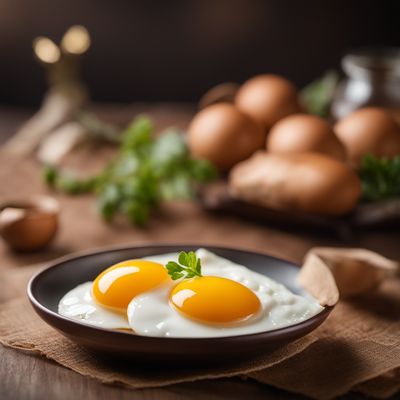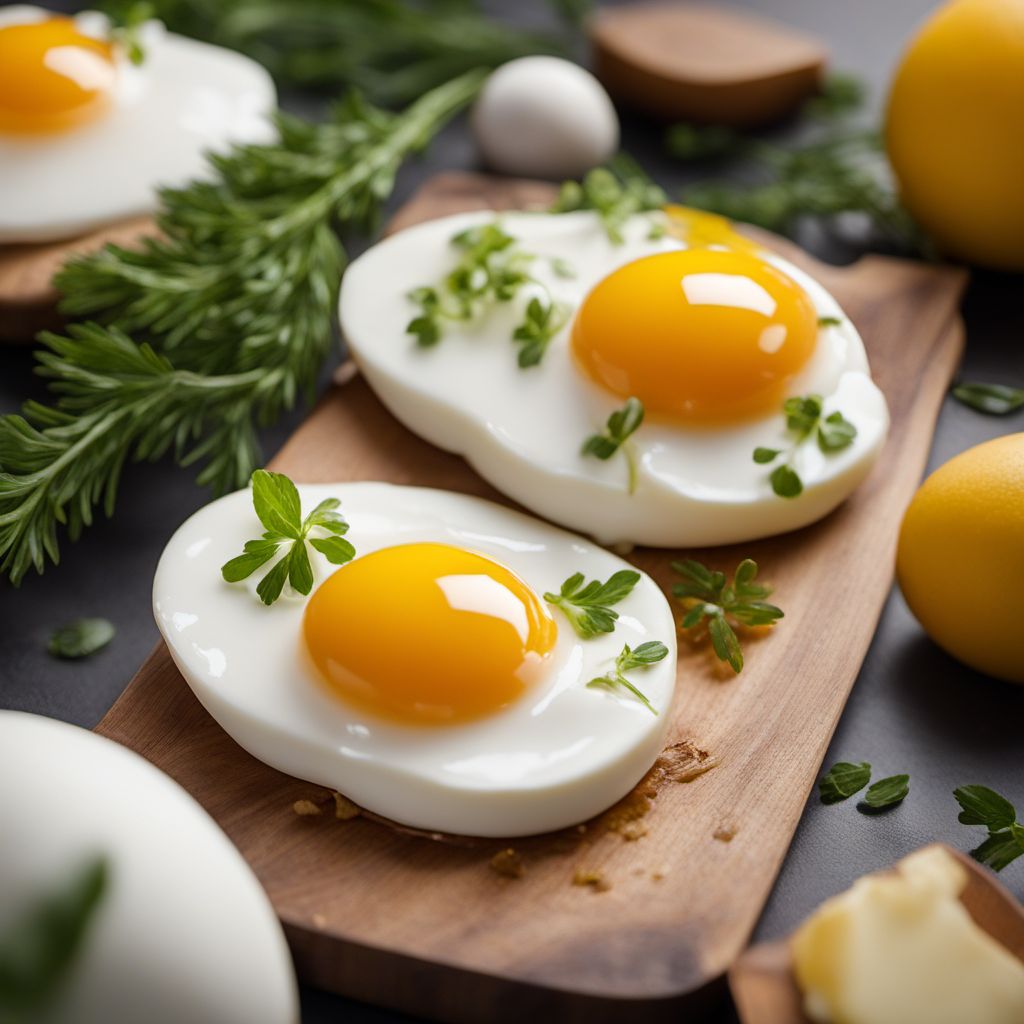
Ingredient
Poached eggs
Eggs Benedict Delight
Poached eggs are gently cooked in simmering water, resulting in a tender egg white and a soft, runny yolk. The whites are firm yet tender, while the yolks are velvety and luscious. Their appearance is visually appealing, with a bright yellow yolk surrounded by a translucent white. The texture is smooth and silky, making them a delightful addition to various dishes.
Origins and history
The origins of poached eggs are unclear, but they have been enjoyed for centuries in various cultures around the world. They are a staple in classic French cuisine and have been mentioned in cookbooks dating back to the 17th century. Poached eggs are also commonly found in English breakfasts and brunch menus worldwide.
Nutritional information
Poached eggs are a good source of high-quality protein, essential vitamins, and minerals. They are low in calories and carbohydrates, making them a nutritious choice for those watching their weight or following a low-carb diet. Additionally, they provide essential nutrients like vitamin B12, vitamin D, and choline.
Allergens
Eggs are a common allergen, and individuals with egg allergies should avoid consuming poached eggs or any dishes containing eggs.
How to select
When selecting poached eggs, choose eggs that are fresh and have intact shells. To determine freshness, gently place the egg in a bowl of water – if it sinks and lies horizontally, it is fresh. Avoid eggs with cracks or signs of damage. Opt for organic or free-range eggs for the best quality and flavor.
Storage recommendations
To store poached eggs, they should be consumed immediately after cooking. If necessary, they can be kept in a bowl of cold water for a short period of time, but their quality will deteriorate quickly. It is not recommended to store poached eggs for an extended period of time as they will lose their desired texture and flavor.
How to produce
Poached eggs can be produced by gently cracking a fresh egg into a small bowl or ramekin, then carefully sliding it into simmering water. The water should be gently stirred to help the egg white wrap around the yolk. The eggs are cooked for about 3-4 minutes until the whites are set but the yolks are still runny.
Preparation tips
To prepare poached eggs, bring a pot of water to a gentle simmer and add a splash of vinegar. Crack the eggs into individual bowls or ramekins, then carefully slide them into the simmering water. Cook for 3-4 minutes until the whites are set but the yolks are still runny. Use a slotted spoon to remove the eggs from the water and serve immediately. Tips: Use the freshest eggs possible for the best results, and avoid adding salt to the water as it can cause the whites to disperse.
Culinary uses
Poached eggs are commonly used in dishes like Eggs Benedict, Eggs Florentine, or served atop salads, grain bowls, or avocado toast. They add a luxurious touch to any dish and pair well with ingredients like smoked salmon, spinach, or hollandaise sauce.
Availability
Poached eggs are widely available in grocery stores, supermarkets, and farmers markets worldwide.
More ingredients from this category
Recipes using Poached eggs » Browse all
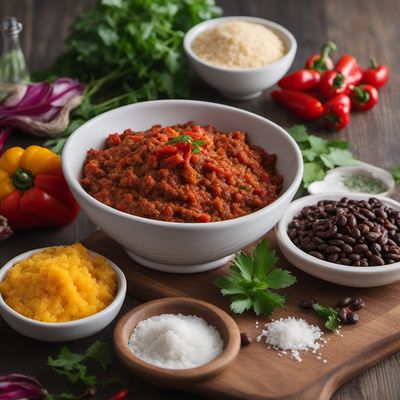
Salvadoran-style Paszteciki
Savory Salvadoran Empanadas: A Fusion of Flavors
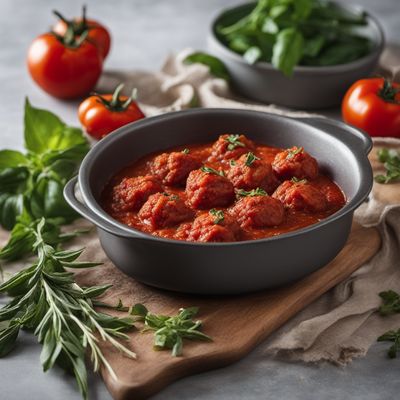
Spicy Meatballs with Tomato Sauce
Fiery Polpette with Tangy Tomato Sauce
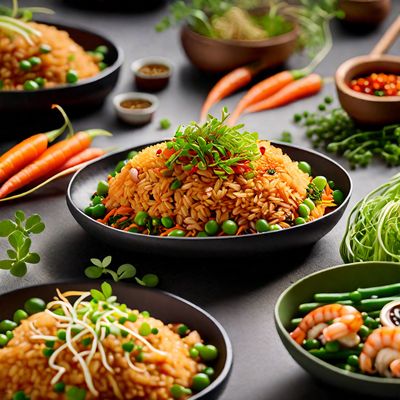
Nasi Goreng with a Molecular Twist
Molecular Gastronomy Nasi Goreng: A Fusion of Flavors

Katami Brotseulit with Bulgarian Twist
Savory Bulgarian Cheese Stuffed Bread Rolls

Cuban Cordon Bleu
Havana Ham and Cheese Delight
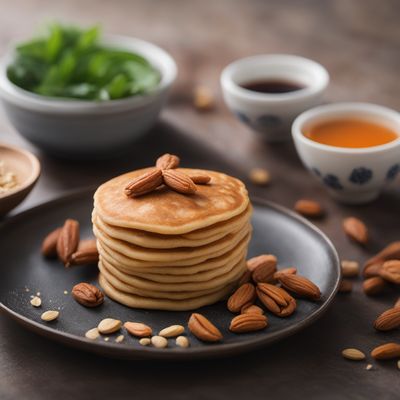
Min Chiang Kueh - Fluffy Chinese Pancakes
Golden Delights - Irresistible Fluffy Chinese Pancakes

Mexican Beef Wellington
Taco-Style Beef Wellington: A Mexican Twist on a British Classic

Casadielles with a Twist
Savory Stuffed Pastries: A Fusion of Spanish and American Flavors

Taiwanese-style Apple Pie
Golden Crust Apple Delight

Curaçaoan Twist on Brabants Worstebroodje
Caribbean Delight: Curaçaoan Spiced Sausage Rolls
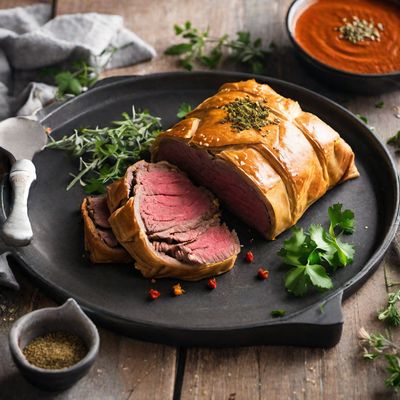
New Mexican Beef Wellington
Spicy Beef Enchilada Wellington

Cachopo de Pollo Relleno (Stuffed Chicken Cachopo)
Savory Stuffed Chicken Cachopo: A Spanish Delight
